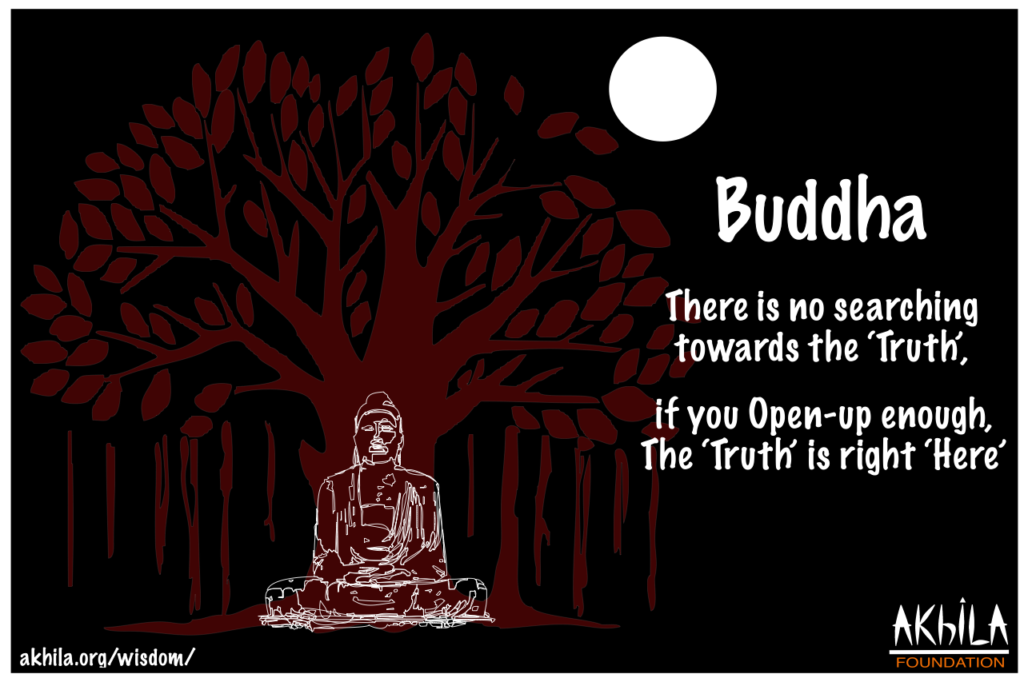In this article, Hardik explains the work of the ‘Buddha’ and how he created a step-by-step approach that helps individuals attain enlightenment.

Early Life
Gautama – the Buddha’s original name was Siddhārtha. He has lived his early life as a prince around 400BCE around the current region of Nepal.
Siddhārtha destined to a luxurious life as a prince, his father King Suddhodana shielded him in the palace for years, kept him away from human suffering.
One day, at the age of 29, despite his father’s efforts to keep him away from human suffering – he set off from palace to city in his chariot, accompanied by his Charioteer, Channa.
On this journey he first saw an old man, revealing to Siddhartha the consequences of aging. When the prince asked about this person, Channa replied that aging was something that happened to all beings alike.
The second sight was of a sick person suffering from a disease. Once again, the prince was surprised at the sight, and Channa explained that all beings are subject to disease and pain. This further troubled the mind of the prince.
The third sight was of a dead body. As before, Channa explained to the prince that death is an inevitable fate that befalls everyone.
After seeing these three negative sights, Siddhārtha came upon the fourth sight, an ascetic who had devoted himself to finding the cause of human suffering.
Efforts for Enlightenment
The fourth sight gave him hope that he too might be released from the sufferings arising from being repeatedly reborn, and he resolved to follow the ascetic’s example.
He was desperately trying to find the truth, practicing total deprivation of worldly goods. He even did not eat food and remain starved for a longer period of time.
The Enlightenment
After nearly starving himself for death, one day he collapsed and drawn himself to the river named Niranjana. Then he suddenly realized, there’s no going towards truth, and then considered focus and blissfulness as an approach.
He sat under a pipal tree, now known as a Bodhi tree in Bodhgaya, India. After about 49 days of meditating, he attained Enlightenment. This event occurred around the fifth lunar month (Purnima), celebrated as ‘Buddha Purnima’.
The Work of Buddha
It is told, after the point of enlightenment, he left his search for the truth. He traveled in Gangetic plain, the current area of Uttarpradesh, Bihar, and Southern Nepal, and founded a community of Buddhist monks and nuns, named as ‘Sangha’. His religion was open to races and classes and had no caste structure. The ‘Sangha’ then traveled from places to places from India to the eastern region of the world to set up ‘Dhamma’ (Dharma).
Buddhism is a logical step-by-step way to attain the Enlightenment, also known as ‘The Middle Way’. They are detailed as “4 Noble Truths”, “Noble Eightfold Path” and “The Percepts”.
Shiva’s way
Shiva – the first Yogi, said there are 108 ways of working with body, mind, emotions, and energy for self-enlightenment, known as a Yogic system of attaining the same.
While Buddhism and ways of buddha give a logical step-by-step approach to attain enlightenment, Shiva’s way doesn’t give that.
One thing common between both Shiva and Buddha’s way is – “if you are open-up enough – not being limited by the biasing that comes out of body and mind – the ‘truth’ is right here. Then you know everything the way it is, and being meditative is an always state.” That’s Enlightenment.
On this Buddha Purnima day, May this inspires you for efforts towards knowing everything and achieve the meditativeness.
Love and Grace,

